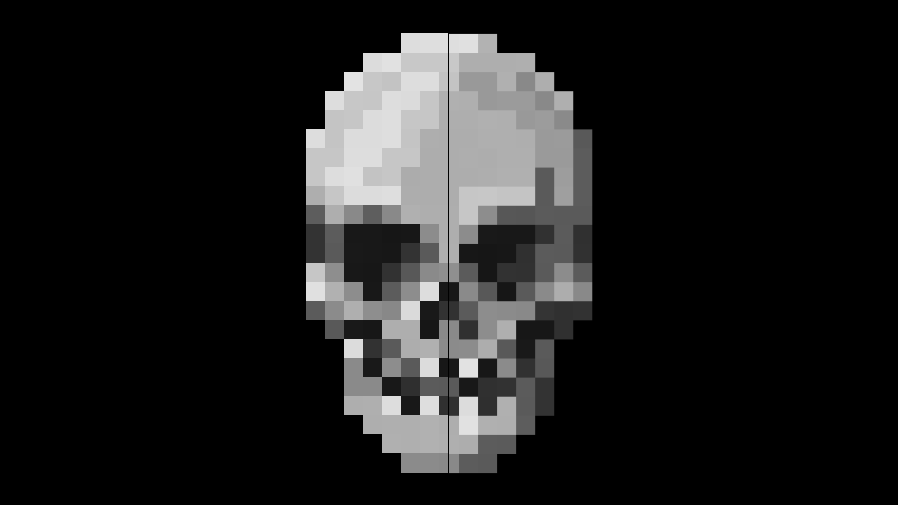This is essentially just the original Minimal D3D11 codebase with 8x MSAA added. However, since MSAA only smooths triangle edges and does not affect textured surface interiors, texturing is removed to isolate the effect of MSAA and make it clearer.
In short there are two parts to it: 1) Create and render to an MSAA texture rather than your typical rendertarget/framebuffer (note: the depth buffer must match), and 2) [Resolve](https://gist.github.com/d7samurai/d74299f8bcadcb9cb0








